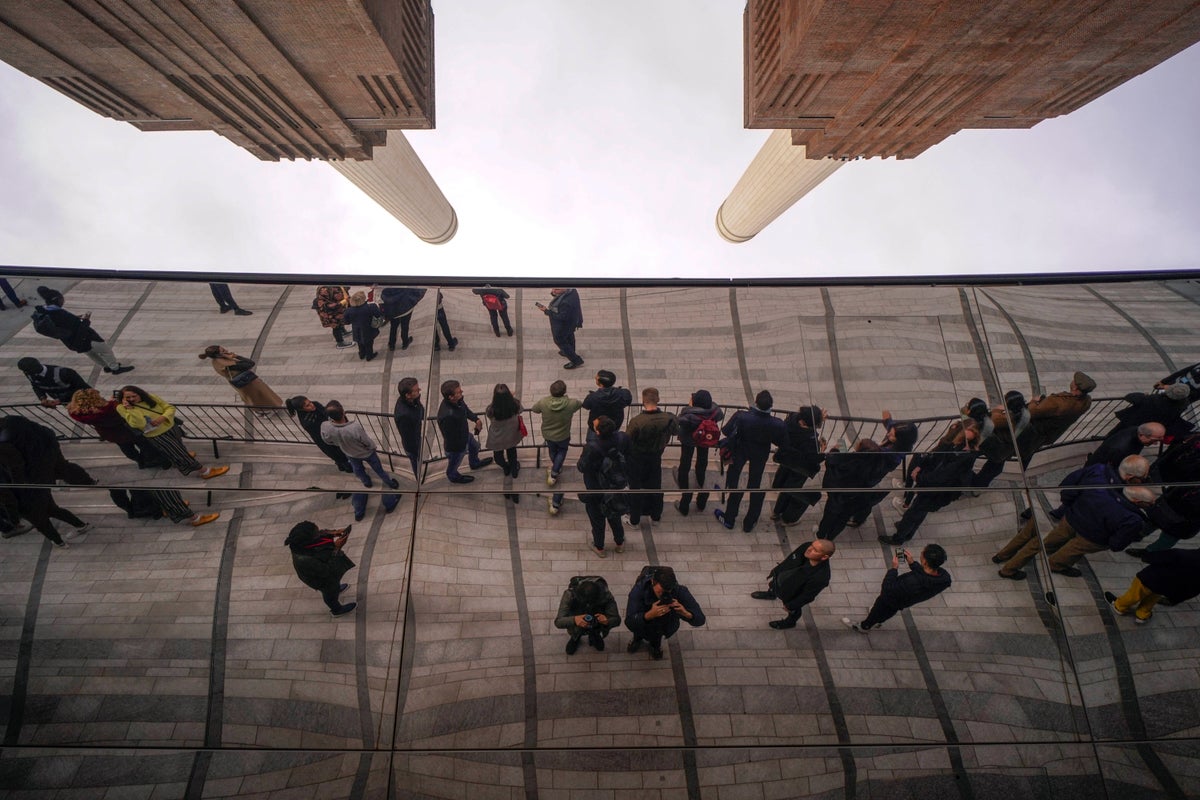
A former power station on the bank of the River Thames that was left derelict for decades is opening Friday after a 9 billion-pound ($10 billion) redevelopment to turn the south London site into a new attraction complete with shops, bars and hundreds of apartments.
The coal-fired Battersea Power Station supplied electricity to London from the 1930s to the 1970s, powering sites from Buckingham Palace to the Parliament building. The brick building — one of Europe’s largest and so vast that St. Paul’s Cathedral can fit inside its main boiler house, according to developers — famously featured alongside a flying pig on the cover of the Pink Floyd album “Animals.”
After the power station was decommissioned in 1983 the site was left as a sprawling, empty industrial site for decades, with various redevelopment proposals — including one to turn it into an indoor theme park — abandoned because of the huge costs to repair and preserve the building, which was earmarked for protection as a heritage site.
The power station was bought by a consortium of Malaysian investors in 2012, and the site now features a riverside park, a new London Underground subway station, office complexes to house the new Apple London headquarters, and hundreds of glossy new apartments.
On Friday the restored building, now housing dozens of shops, bars and restaurants within its turbine halls, opened to the public for the first time. The power station’s four chimneys were rebuilt to original specifications, and one of them will house a new attraction that takes paying visitors up a glass elevator to the top of the chimney for panoramic views of the London skyline.
Developers say that when the whole project is complete, some 25,000 people are expected to live and work on site. They say the regeneration will provide 20,000 jobs and boost the local and national economy.
The power station project is part of a huge redevelopment of a stretch of southwest London including Battersea and the area called Nine Elms, where the U.S. embassy moved to in 2018. The area used to be home to industrial wharfs and depots but is now unrecognizable with dozens of high-rise luxury apartment buildings.
Critics say the plans exacerbate inequality in London because they don’t include enough affordable housing, and the high prices have pushed out most local residents in favor of wealthy international investors.







